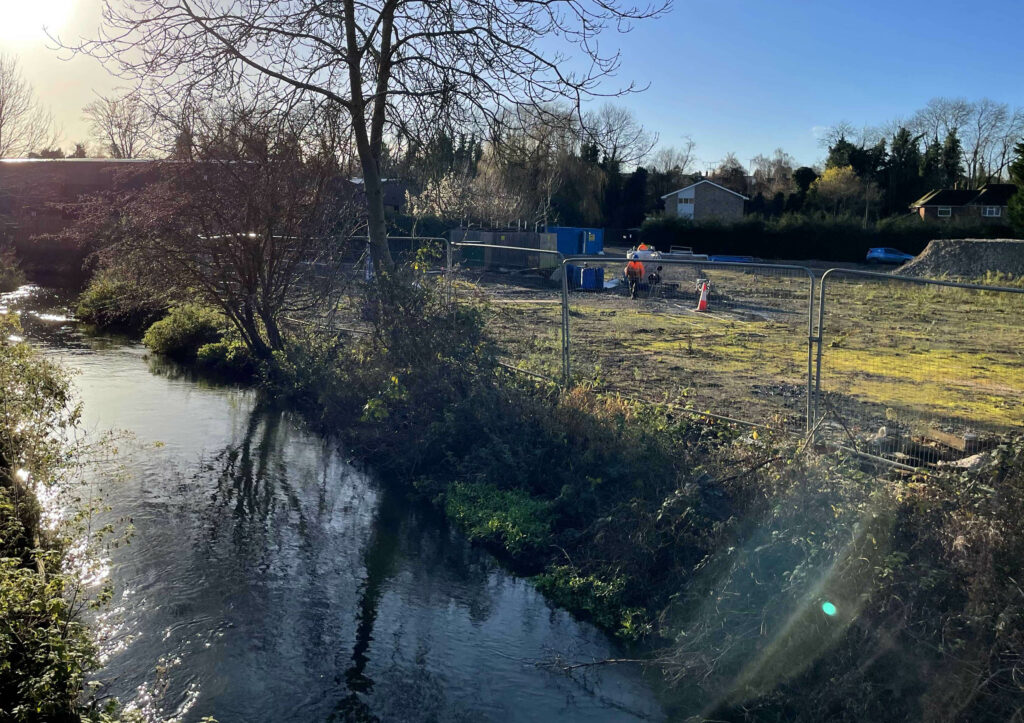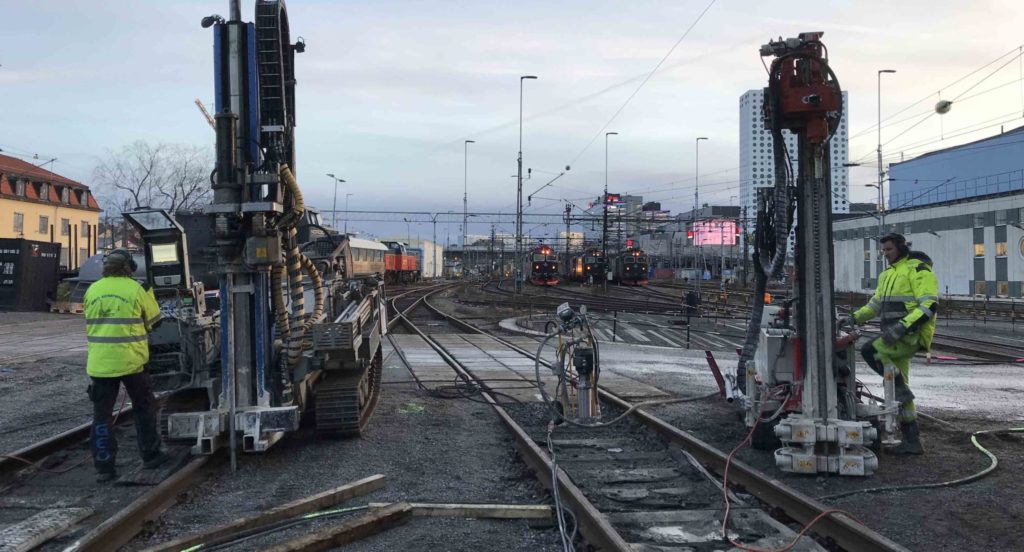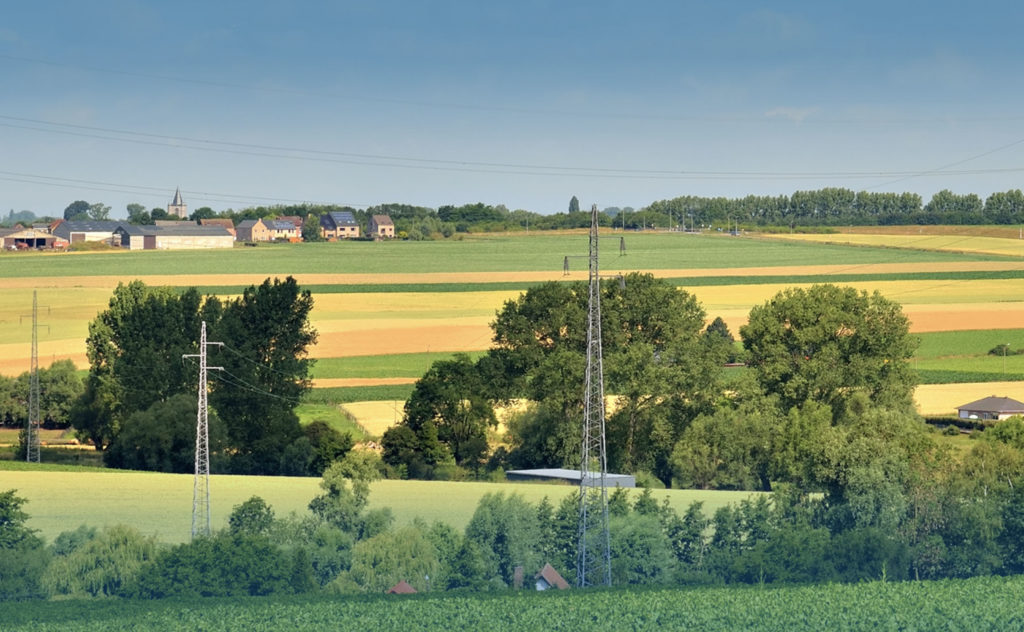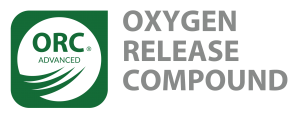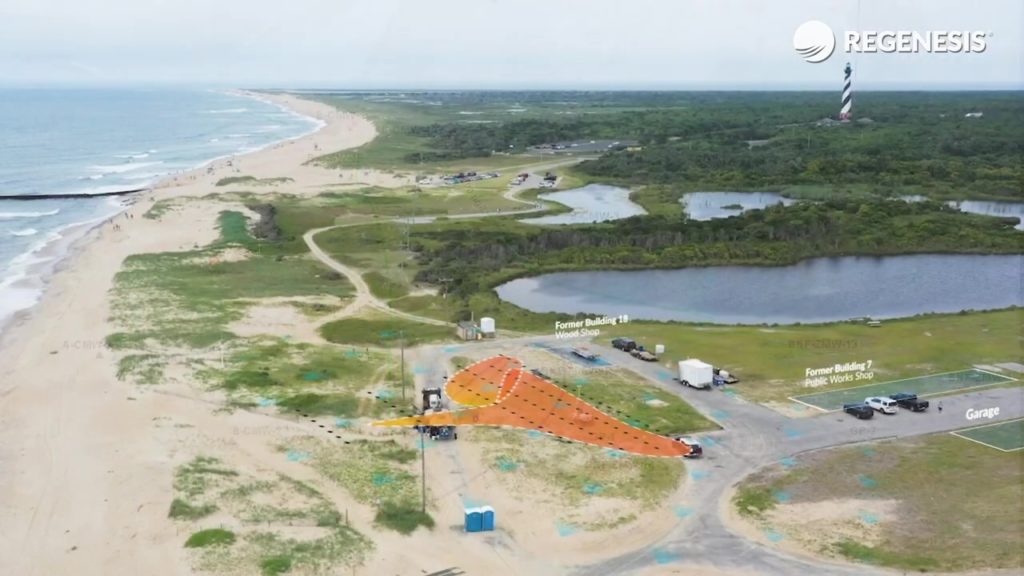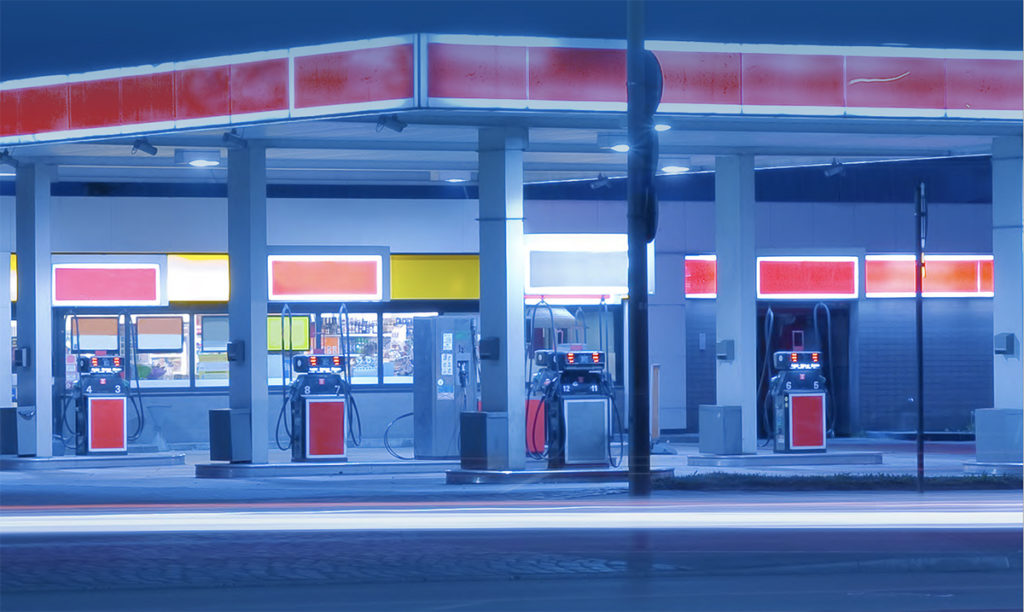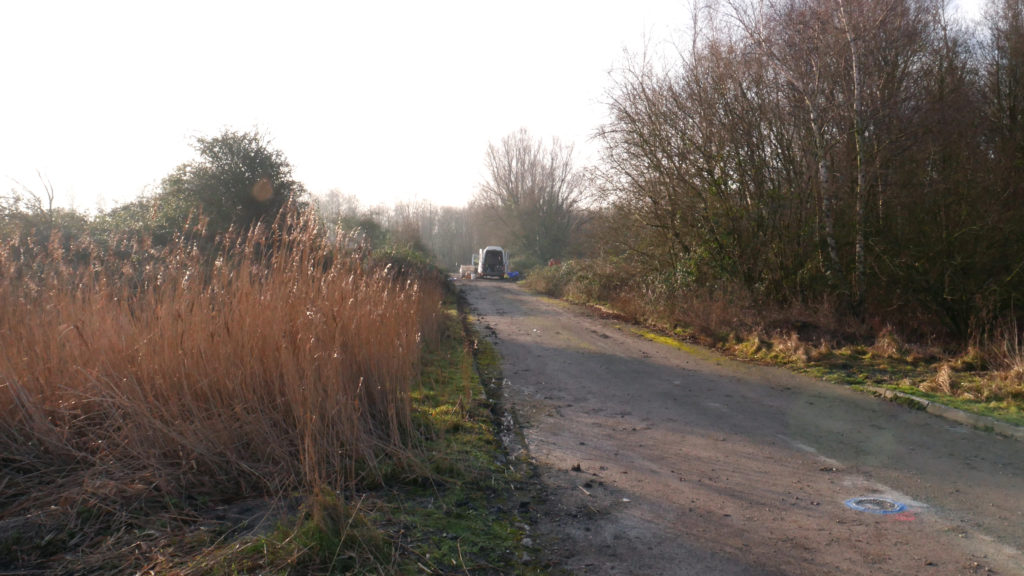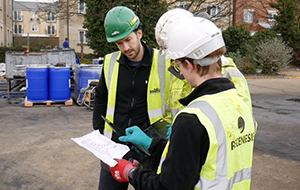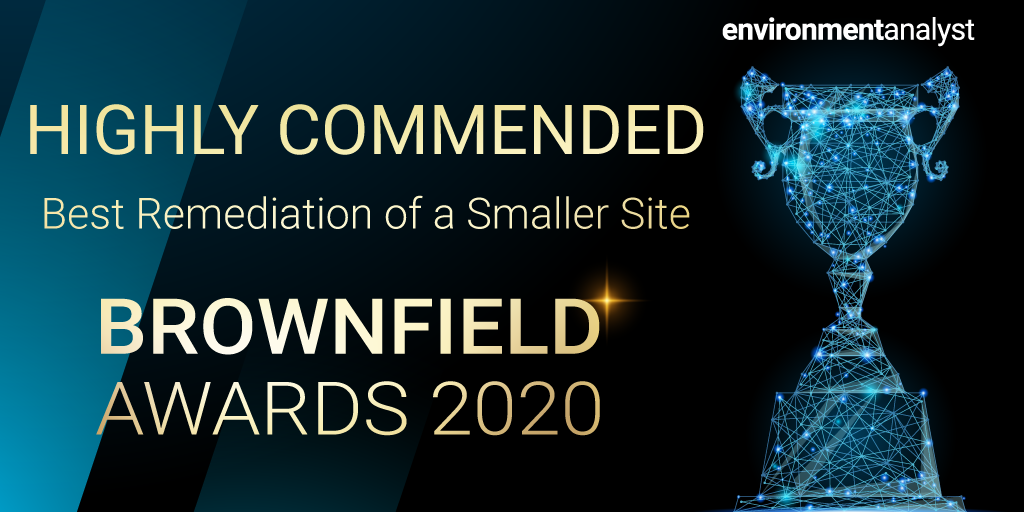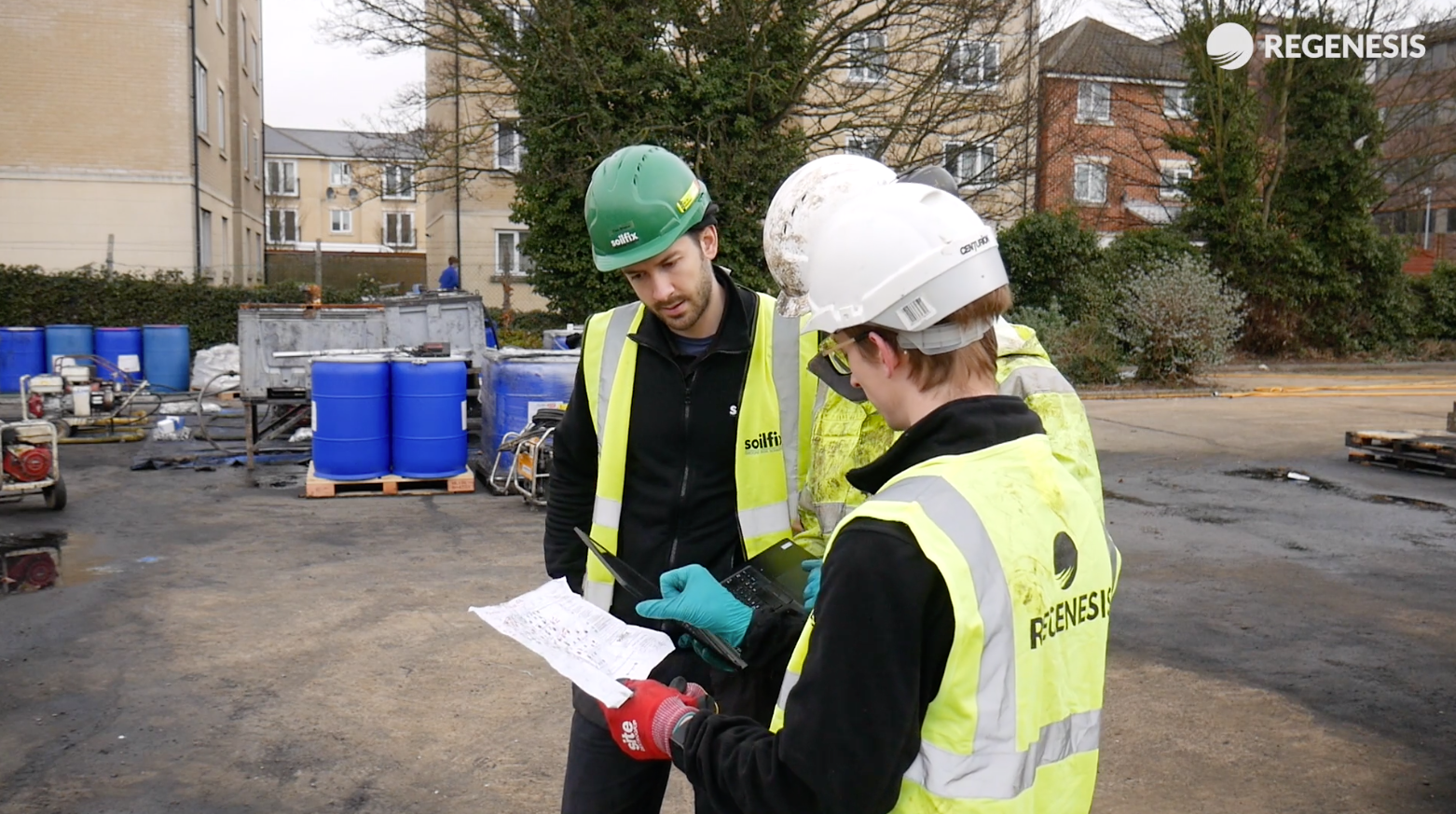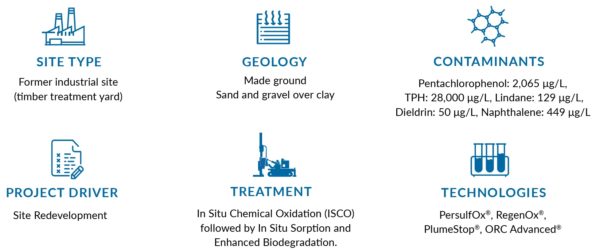Protection of a chalk stream using an injected permeable reactive barrier
Integrated remediation of petroleum hydrocarbons in soils and groundwater
At a brownfield redevelopment site in Hertfordshire, UK, petroleum hydrocarbon contamination originating from historic fuel storage tanks leaks, required remediation to protect the adjacent sensitive and protected chalk stream.
Working with the Environmental Contractor Rake Remediation, REGENESIS helped devise an efficient and integrated remediation strategy, that has been delivered in two phases.
Read the case study
1m 28s reading time
-
Watch the project video
-
Explore treatment options for petroleum hydrocarbons
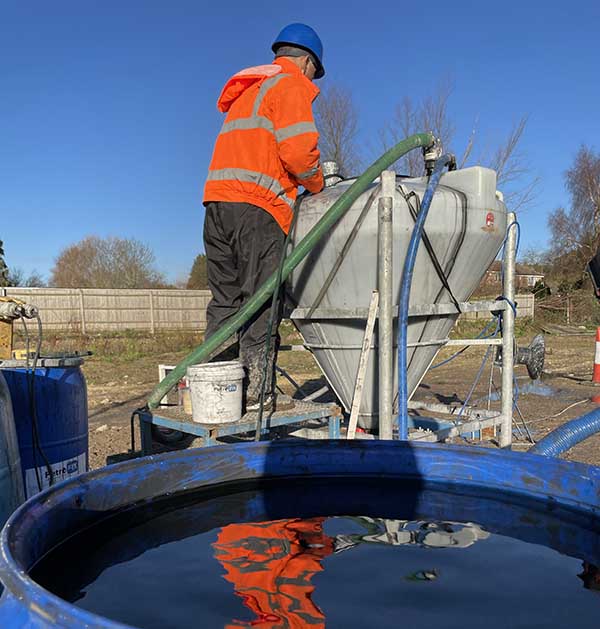
Remediation of BTEX and Chlorinated Solvents at Volvo Car Gent
Long-term monitoring shows success of in situ groundwater treatment at an active car manufacturer in Belgium
Background
Volvo Car Gent is a car manufacturing facility in the port district of Ghent, in the west of Belgium. Historic handling and storage of chemicals has led the soils and groundwater below the plant becoming contaminated with Petroleum Hydrocarbons (including BTEX) and Chlorinated Solvents.REGENESIS was asked to provide a solution to treat two plumes and prevent off-site migration, whilst keeping any disruptions to Volvo Car Gent operations to an absolute minimum. Artemis Milieu and REGENESIS worked closely together with client Volvo Car Gent, to deliver the most appropriate and effective remediation solution for the site.
Case Study Highlights
- The full-scale remediation addressed two plumes in two treatment areas with cost-effective in situ barrier and grid injections
- The combined treatment approach used ISCO, Sorption & Enhanced Biodegradation as well as Aerobic and Anaerobic Biostimulation to address the contamination.
- Challenges: operational plant and restricted access
- Client quote, remediation cost and long-term result graphs included
2m 32s reading time
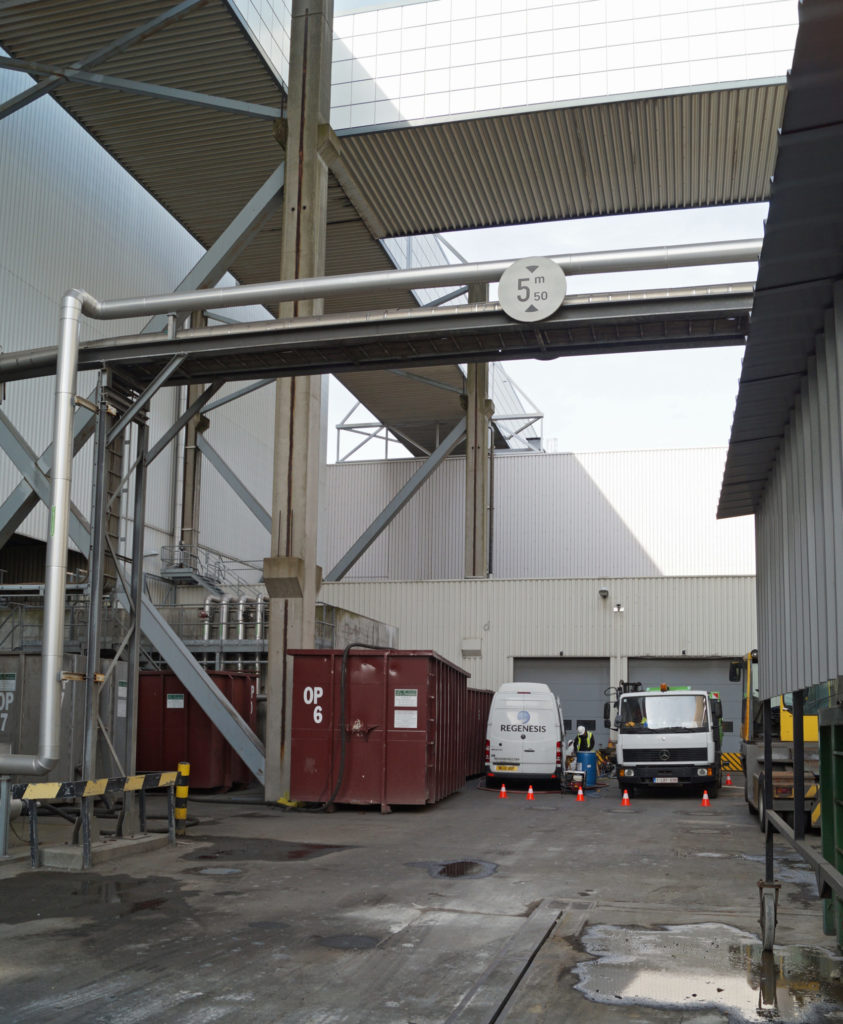
Remediation of the largest train maintenance depot in Northern Europe
Integrated remedial approach achieves >99% contaminant reduction and prevents future recontamination
The Swedish rail authority required that an entirely in situ remediation strategy be implemented across the largest train maintenance depot in northern Europe, located in Hagalund, Sweden.
The contaminated area was approximately 7,500m2, within which 30,000m3 contaminated soil and groundwater required treatment. As part of the remedial works, Swedish remediation contractor Envytech installed a network of additional monitoring wells across the site. This was done to better delineate the plume and identify any unknown contamination prior to commencement of remediation.
Remediation strategy and products applied:
The investigations identified LNAPL across much of the northern area of the site, which required a revised groundwater remediation strategy comprising:
- Dual-phase extraction (DPE) to target the LNAPL, followed by;
- In situ chemical oxidation (RegenOx®);
- Enhanced aerobic bioremediation (ORC-Advanced®); and
- Adsorption & biodegradation (PetroFix®).
Case study highlights:
- Carefully designed integrated remediation strategy used physical, chemical, sorptive and biological treatment
- Innovative use of PetroFix Permeable Reactive Barriers (PRBs) completed to prevent residual contaminant egress from outside of the treatment area and protect against future spills
- Significant reductions of petroleum hydrocarbons have been achieved onsite – starting with LNAPL and reaching stringent target values – within nine months
2m 46s reading time
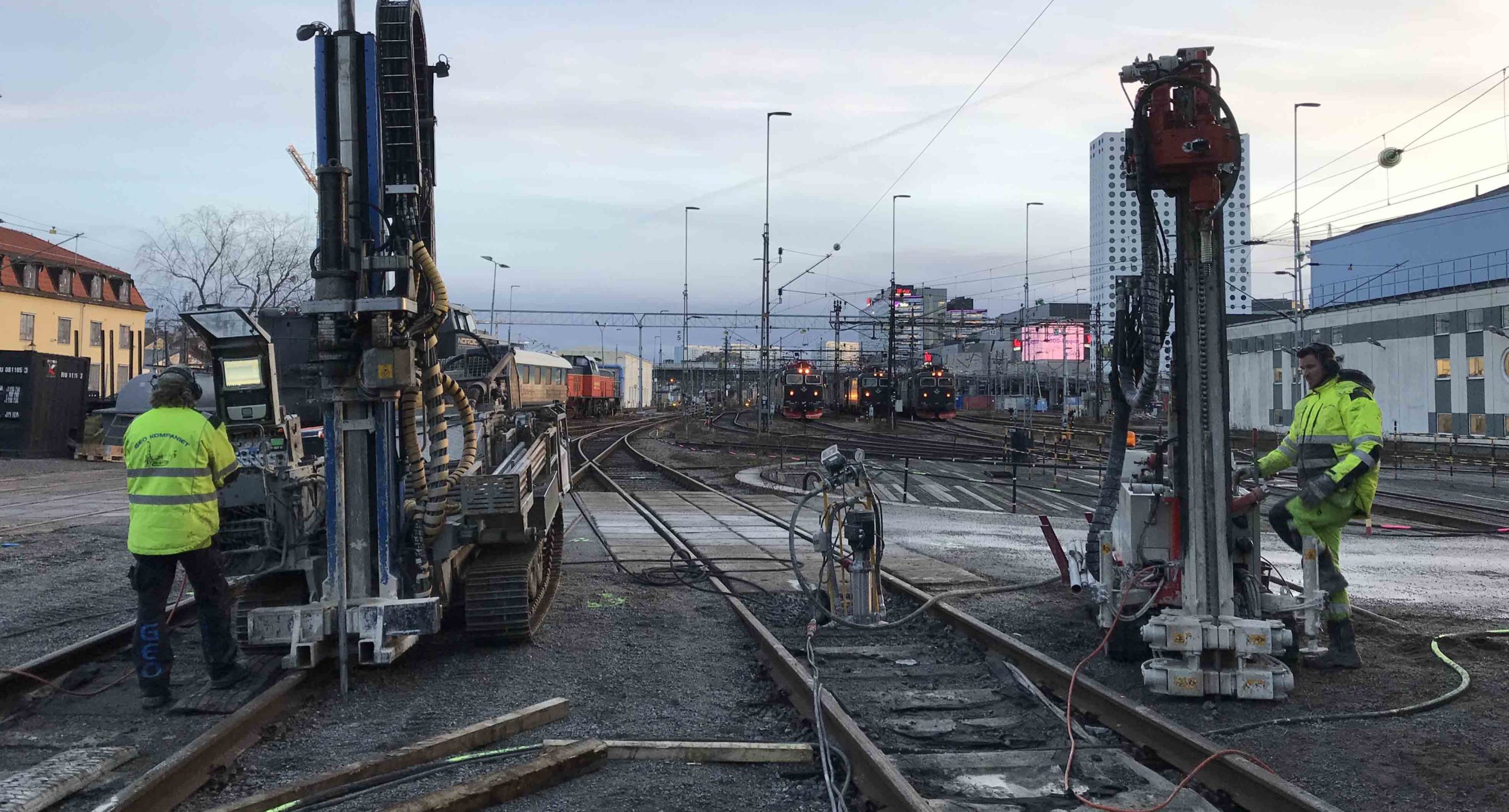
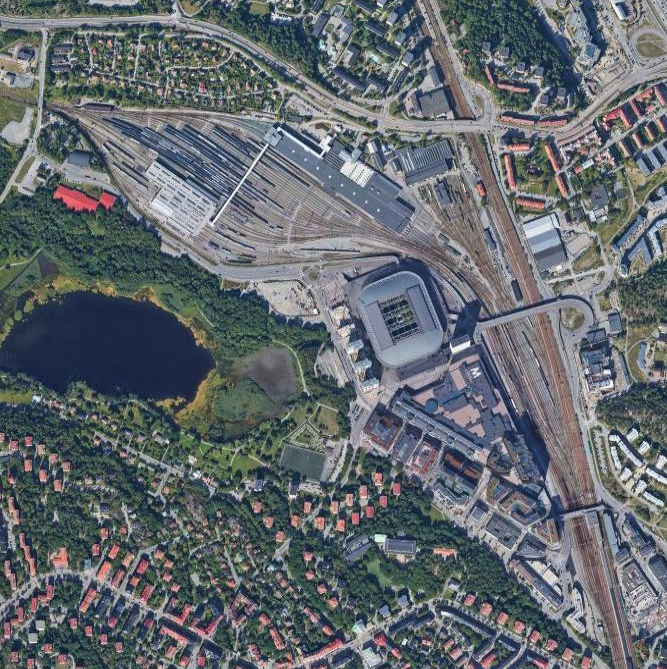
Injectable permeable reactive barrier stops MTBE and benzene plume
Pilot-scale application of PlumeStop and ORC Advanced in the form of an injected permeable reactive barrier proves an effective solution to a long plume under a residential property in Belgium. Full-scale treatment has been scheduled.Read More
In situ groundwater remediation following an oil-tanker spill
Integrated chemical and biological approach rapidly remediates MTBE and petroleum hydrocarbons
Introduction
A fuel tanker truck over-turned on a small road in northern Italy, spilling over 36,000L of diesel and petrol. The fuel impacted a canal, flood defences, soils and groundwater in the immediate vicinity.
A site investigation was completed concurrently with an emergency oil-spill response, in order to identify the subsurface contamination, build an initial Conceptual Site Model (CSM) and develop plans for remediation. MTBE, petroleum hydrocarbons (TPH) and BTEX were found to be within the soil – concentrated within the capillary fringe. The groundwater was also found to be impacted and requiring remediation. A remedial options appraisal was completed, considering technical feasibility, sustainability, time and cost and a combined in situ chemical oxidation (ISCO) and enhanced aerobic natural attenuation (ENA) approach was chosen.
Case Study Highlights
Read the case study to learn:
-
How BELFOR has implemented the integrated remedial approach of In situ chemical oxidation (ISCO) and enhanced natural attenuation (ENA)
-
Monitoring results for MTBE over time
-
How site closure has been achieved two years after the oil spill event
- The success factors of this project

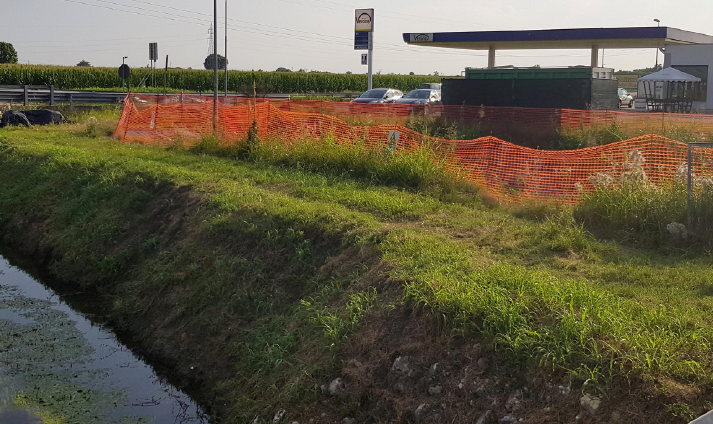
Performance-Based Objectives Achieved at Scott AFB
This case study reviews the Corrective Action Plan (CAP) at Scott Air Force Base, a large military base located in Southwestern Illinois that was contaminated with petroleum impacted soil. One month following the application of PetroFix®, contaminant levels reached non-detect. Benzene continued to remain non-detect through March 2020 and the site was recommended for no further action.
The final CAP Addendum proposed two rounds of groundwater treatment by injection at Former Tank 85 to reduce benzene concentrations below the groundwater remediation objectives. The first round of injections was completed in February through March 2018 and consisted of the use of REGENESIS’ RegenOx®, coupled with ORC Advanced® to stimulate aerobic bioremediation. The initial injection was successful in reducing most contaminants within the affected area. The second round of injections at the former UST was completed in March 2019 using REGENESIS’ PetroFix micron-scale remedial fluid.

Case study highlights:
- Impacted soil was caused by leaking underground piping and removal of two large UST’s
- Second round of direct push injections included PetroFix to treat lingering BTEX
- One month following application of PetroFix, BTEX levels were at non-detect and have continued to remain at that level for 5 sampling events
5m 25s reading time
First Application of PetroFix at Petrol Filling Station in Sweden
Integrated groundwater treatment strategy using RegenOx, ORC-Advanced and PetroFix yields a 98% reduction in groundwater contaminant
concentrations
Introduction
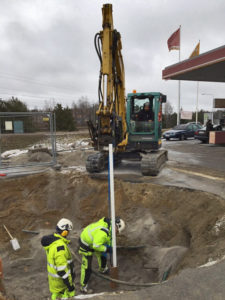
RGS Nordic was asked by Circle K to remediate groundwater contaminated with gasoline at an active Petrol Filling Station (PFS) in Nykvarn, Sweden. During the site investigation, petroleum hydrocarbon contamination was identified within the fill material around the underground storage tank (UST) farm.
RGS Nordic was required to deliver a remediation strategy that posed minimal disruption to the commercial operations of the PFS. The chosen remediation strategy combined targeted excavation, in situ chemical oxidation (ISCO), in situ sorption, and enhanced aerobic biodegradation using a range of complementary REGENESIS technologies: RegenOx®, ORC-Advanced® and PetroFix®.
Case Study Highlights
- The integrated remediation treatment strategy ensured that optimum treatment efficiency was maintained throughout the phases of works, resulting in:
- The amount of excavation and offsite disposal was minimised.
- All underground infrastructure remained in situ.
- All works were completed at an active petrol filling station with minimal disruption to the commercial operations of the facility.
- 12-month period monioring results show reductions of >98% of the gasoline range of petroleum hydrocarbon concentrations in the groundwater.
4m 32s reading time
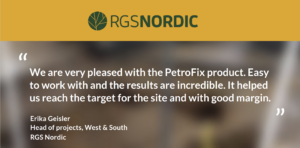
Remediation Products Applied
Please click on the logos below for more product information.
In situ treatment of MNT, DNT and TNT at former explosives factory
in situ remediation solution for groundwater contamination relating a former explosives factory, now redevelopment site. Goal: mass reduction of dissolved phase propellant contamination, a co-mingled TNT, DNT, MNT plume.Read More
Performance-Based Objectives Achieved at Scott AFB
This case study reviews the Corrective Action Plan (CAP) at Scott Air Force Base, a large military base located in Southwestern Illinois that was contaminated with petroleum impacted soil. One month following the application of PetroFix®, contaminant levels reached non-detect. Benzene continued to remain non-detect through March 2020 and the site was recommended for no further action. The final CAP Addendum proposed two rounds of groundwater treatment by injection at Former Tank 85 to reduce benzene concentrations below the groundwater remediation objectives. The first round of injections was completed in February through March 2018 and consisted of the use of REGENESIS’ RegenOx®, coupled with ORC Advanced® to stimulate aerobic bioremediation. The initial injection was successful in reducing most contaminants within the affected area. The second round of injections at the former UST was completed in March 2019 using REGENESIS’ PetroFix micron-scale remedial fluid.

Case study highlights:
- Impacted soil was caused by leaking underground piping and removal of two large UST’s
- Second round of direct push injections included PetroFix to treat lingering BTEX
- One month following application of PetroFix, BTEX levels were at non-detect and have continued to remain at that level for 5 sampling events
5m 25s reading time
Pesticides, VOCs and petroleum hydrocarbons remediated with a suite of in situ technologies
Shallow aquifer treatment using RegenOx, PersulfOx, ORC Advanced and PlumeStop at a former industrial site, UK
This project was Highly Commended in the Brownfield Awards 2020 in the category of ‘Best Remediation of a Smaller Site’.
Located in East Anglia, this industrial site had been occupied by a timber yard, incinerator, fuel storage tanks and a saw mill. These were later demolished and the site-use changed to light commerical and a car park for a FTSE 100 Company. It was decided that the site should be prepared for redevelopment and a due diligence site investigation was carried out by Ramboll to support lease surrender.
It was discovered that in a corner of the site, the soils and groundwater were impacted with a wide range of contaminants including petroleum hydrocarbons, volatile organic compounds (VOC’s) including BTEX, trimethylbenzene, pentachlorophenol and a mix of pesticides, including organochlorine pesticides (Dieldrin) and gamma-HCH (Lindane). Soilfix worked closely with Ramboll and REGENESIS to deliver a tailored multi-phase remediation solution for the site, including in situ remediation using a suite of REGENESIS’ remediation technologies.
REGENESIS services team carried out the groundwater remediation works on-site which included a combination of in situ chemical oxidation, sorption and enhanced biological degradation. Click the case study link to find out more, or watch the project video.
7m 3s reading time
“The project was a great success. Not only did we meet the betterment-based objectives that we agreed with the Client’s consultant Ramboll; for many of the contaminants we ended up meeting the stringent criteria that were originally derived by the risk assessment. This enabled the Client to surrender their lease on their programme. We felt this was largely down to the project team approach that we took with REGENESIS, from conception through to validation and completion of the project.”
Steve Jackson, Director, Soilfix
Case study highlights:
- Soilfix, Ramboll and REGENESIS worked together to develop a tailored multi-phase remediation solution.
- Integrated application of remediation products: RegenOx, PersulfOx, PlumeStop and ORC Advanced.
- Validation results show a rapid and sustained reduction in the concentration of all contaminants of concern (COCs).
- Remedial targets were achieved in time for lease surrender, with all stakeholders satisfied with the works completed.

 Americas
Americas Europe
Europe Français
Français Deutsch
Deutsch Italiano
Italiano Español
Español